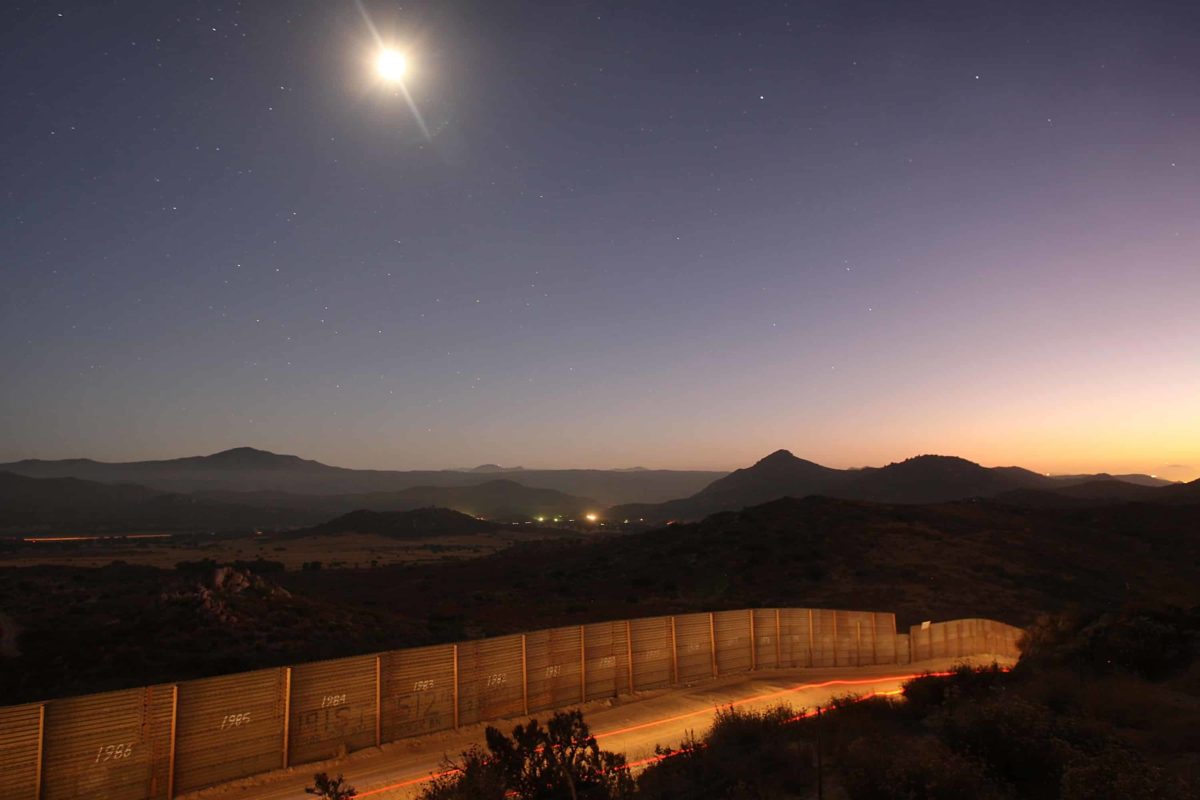Giovani Raymundo, 18, kissed his mother goodbye last week, setting off before sunrise from their remote Guatemalan village on a dangerous journey in search of work and a better future.
The next day, he was dead — one of scores of migrants killed in a horror road crash in Mexico on a major route towards the United States.
In Giovani’s home village in the Chajul municipality, an area in central Guatemala inhabited by indigenous Mayans, Giovani’s mother, Teresa Mateo, 48, mourns the loss of her youngest child.
A photo of him stands next to a candle in her smokey living room, which has an improvised wood-fired stove on the floor. The toilet is a hole in the ground. Teresa has four other grown-up children, with Giovani being the last left in the house — his father abandoned them six years ago.
Last Wednesday, Giovani left home too, carrying the hopes of his family on his young shoulders — like thousands of Guatemalans do every year.
“He went to look for new opportunities in the United States to send money (back) to buy a piece of land and build a house,” Teresa, who speaks only the Mayan Ixil language, told AFP through a village teacher acting as translator.
Coyote call
Giovani left with his brother-in-law Miguel Lainez, bidding farewell to their village nestled in the mountains, surrounded by cypresses, pines and corn fields, but marred by poverty and unemployment.
They departed Chajul for Sacapulas, some 50 kilometers (30 miles) to the south, where the “coyotes” or people smugglers were waiting for them with a truck.
Teresa’s neighbors heard — via social media — of an accident Thursday on a road in Mexico’s southern Chiapas department bordering Guatemala.
A truck crammed full of migrants had overturned, allegedly while speeding, killing 55 people and injuring nearly 100. Hoping beyond hope, Teresa sat waiting for a call from the “coyote” to tell her they had crossed “to the other side.”
Instead, the call came from Lainez.He told her they had been in the truck together, but only he survived. Teresa cried as she recounted the call, while women from the village, dressed in the traditional huipil (blouse) and corte (skirt) of the Mayan people try to console her.
Second attempt
This had been Giovani’s second attempt.
The first time, three years ago, he managed to cross the US border, but was caught and sent back, said Pablo Asciona, 32, the local math teacher.
The aborted trip left the teenager with a debt of some $20,000 — money gathered by his family to pay the “coyotes.” He tried to find work in Guatemala to pay off his debt, but found none, and decided to try again.
“Like everyone in Chajul, when they reach the age of about 12 to 18… because of poverty, the boys embark on the journey to the United States,” said Asciona.
Repeated warnings from Washington that they will not be allowed entry fails to stem the northward flow of migrants.
Her youngest gone, Teresa told AFP she now has no choice but to try and make the journey herself, despite not speaking Spanish, never mind English. She has to find the money, she says, to pay off the debt for Giovani’s two failed attempts to get to the United States.
More than half of Guatemala’s 17 million people live in poverty, a situation worsened by the coronavirus pandemic and a series of natural disasters. According to UN data, almost 50 percent of children under the age of five suffer from chronic malnutrition in Guatemala, the highest rate in Latin America.
In 2019, the United States sent 54,599 Guatemalans back home by air — a record number that more than halved to 21,057 last year due to pandemic restrictions.
On Friday, a day after the accident, the high school in Chajul held its annual graduation ceremony.
Giovani should have been among the graduates.
by Edgar CALDERON






